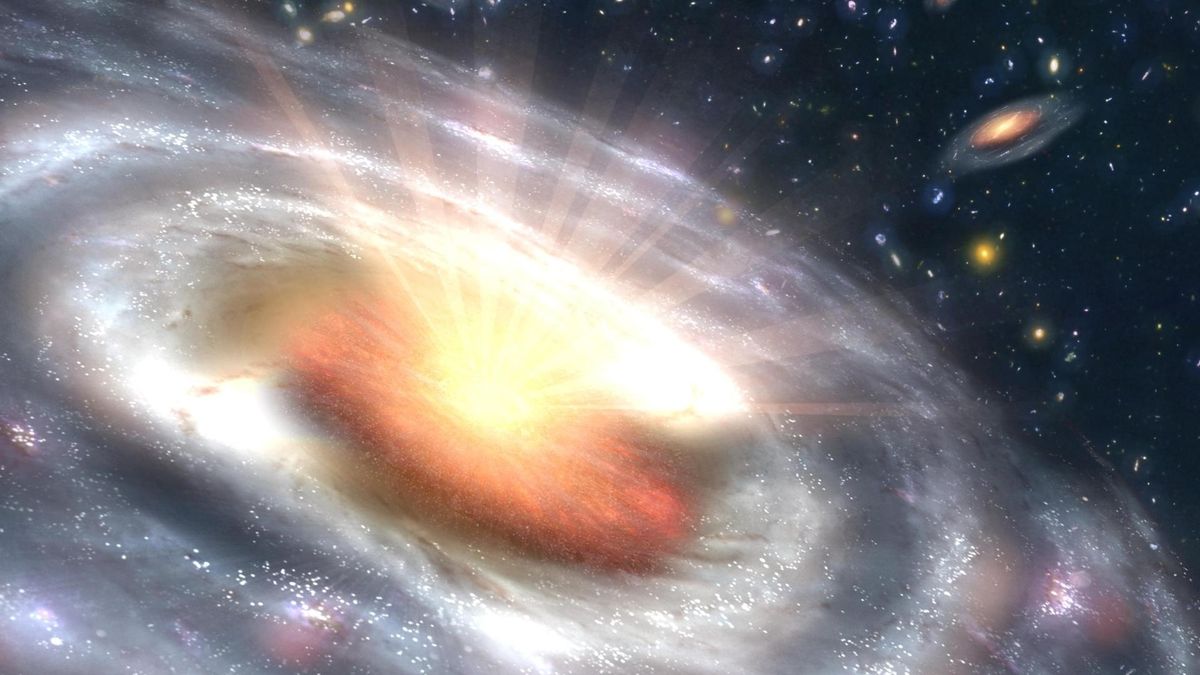Quantum Breakthrough: Scientists Simulate Explosive 'Black Hole Bomb' in Groundbreaking Experiment

In a groundbreaking scientific achievement, researchers have successfully brought a decades-old theoretical concept to life by creating a laboratory model of a "black hole bomb" - a phenomenon that has intrigued physicists for over half a century. This remarkable experiment not only validates a long-standing theoretical prediction but also opens up exciting new avenues for understanding complex quantum mechanical interactions.
The innovative experiment demonstrates how energy can be extracted from a rotating black hole through a process known as the superradiance effect. Scientists have long theorized about this extraordinary mechanism, but until now, it remained purely in the realm of mathematical speculation. By constructing a sophisticated physical model, the research team has transformed an abstract concept into a tangible scientific breakthrough.
Using advanced quantum engineering techniques, the physicists carefully constructed a system that mimics the extreme conditions surrounding a rotating black hole. Their meticulously designed experiment allows researchers to observe and measure energy amplification in a controlled laboratory environment, providing unprecedented insights into one of the most mysterious phenomena in the universe.
This breakthrough not only confirms theoretical predictions but also represents a significant milestone in our understanding of quantum mechanics and astrophysical processes. The successful demonstration of the black hole bomb model promises to inspire further research and potentially revolutionize our comprehension of energy transfer in extreme cosmic environments.
